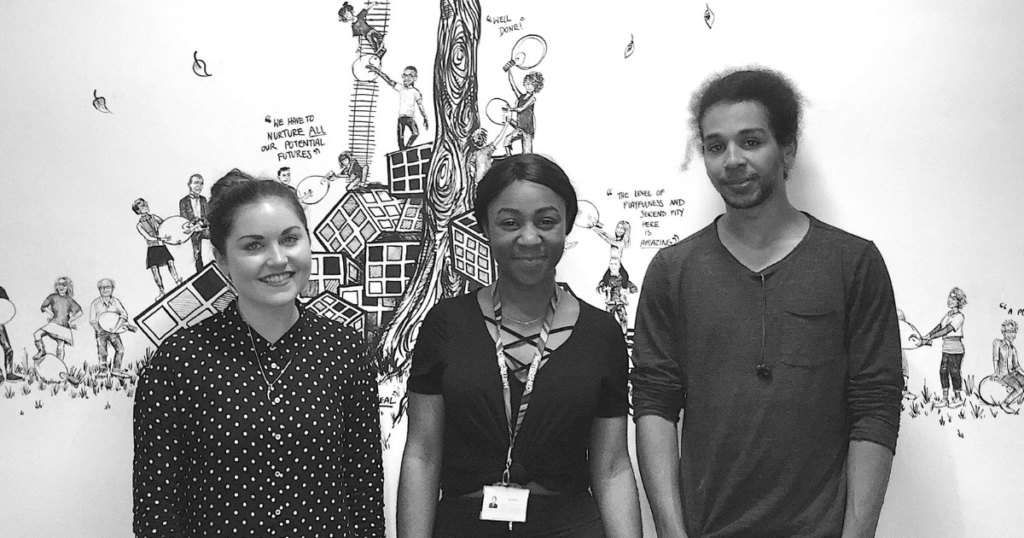Visual content is powerful. It provides a deeper meaning and helps people to understand and retain complex information more easily.
This concept is not new; the benefits of visual communication, learning and working are often highlighted but rarely utilised to the fullest potential.
In education, students are taught that information presented boldly and brightly with images becomes far more memorable.
In our personal lives, modern digital tools and daily use of social media are good examples of how much of our communication is already done in a visual way. Entertainment is also becoming an increasingly immersive experience.
If the visual experience is so important for education, entertainment and social communication, how important is the visual experience for work and sharing complex messages and ideas?
Benefits of visual
Including visual creativity in our work processes, problem solving and brainstorming sessions or methods of sharing of information opens up our ways of thinking to generate more innovative ideas.
How do we do it?
Mind mapping: Representing ideas and concepts with a visual structure to improve analysis, comprehension, recall and generation of new ideas.
Graphic communication: Sharing information through infographics, helpful icons, graphic design, drawings and photographs.
Visual thinking: Thinking through visual processing, which can involve thinking visually, spatially or in pictures.
How does it benefit us?
- Enhancing creativity
- Increasing collaboration
- Accelerating innovation
How does it work?
The left and right sides of the brain process information differently, but mind mapping and using visual content help both sides work together to combine responsibilities.
Left side of the brain:
- Analytical and logical
- Seeks step by step processes
- Rational thinking in a linear fashion
Left-brain thinkers are often effective accountants, IT specialists, scientists, engineers or work in roles that require complex problem solving.
Right side of the brain:
- Creative and non-linear
- Less structured, more expressionist
- Visual and perception skills
Right-brain thinkers are often effective in the creative industries, storytellers, artists, or work in roles that require emotional understanding
Applying visual methods helps you to explore ideas, complex theories, statistics, analysis and analogies by using the whole of the brain to think in a creative yet structured way.
Mind mapping at TEDxBristol
By live mind mapping TEDxBristol talks, Mind Map Pro is enhancing the way that audiences interpret key messages, allowing viewers to make sense of the talks in a creative and actionable way.
The benefits of embracing a visual story of TEDx talks through live mind maps include:
1. Concepts become easier to interpret and understand
The raw content from each talk will be gathered together into a creative structure and organised in a way that is easy to process.
2. Information is retained in your memory
Viewers are likely to improve their ability to recall information that is displayed creatively, so embracing an elegant and visual display of ideas is an effective way to remember them.
3. Powerful ideas are shared with those who can’t attend in person
This digital content can be accessed by anyone, from anywhere in the world, for free. By mind mapping the talks, we are helping to share these ideas widely and break geographical boundaries.
4. Archive for access to key facts and quotes in the future
Key information, images and quotes will be available within the mind maps as a digital resource that attendees or online visitors can return to at a later date. Think of them as your visual notes!
5. Join the discussion
There is a live chat within each idea in a mind map, which opens up the opportunity for anyone to log in and join the conversation to discuss the topics that the TEDx speakers explore.
Follow the mind mapping at https://tedxbristol.mindmappro.com from 2-3 November 2017.



